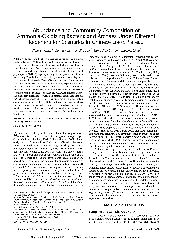摘要
To determine the effects of regeneration scenarios on ammonia-oxidizing bacterial (AOB) and archaeal (AOA) abundance and composition, soils were collected from abandoned land, shrub, plantation and mixed forest in Loess Plateau. Communities were characterized by real-time polymerase chain reaction and terminal restriction fragment length polymorphism (T-RFLP) targeting amoA gene. Soil potential nitrification rate was significantly different for each regeneration scenario. Regeneration scenarios also showed different effects on AOB and AOA abundance. The highest and lowest ratios of AOA to AOB were, respectively, in abandoned land and mixed forest. Both AOB and AOA T-RFLP profiles differed between regeneration scenarios. Environmental factors significantly correlated with the abundance of AOB and AOA were different. Positive and significant correlation between soil potential nitrification rate and AOB abundance indicated that AOB perhaps plays an important role in ammonia oxidation. Based on T-RFLP profiles, it was concluded that the above-ground biomass and vegetation diversity indices correlated differently with soil AOB and AOA abundance and diversity indices. Our results suggest that the successional mechanisms of AOA and AOB might be different.
- 出版日期2014-8
- 单位山西大学
